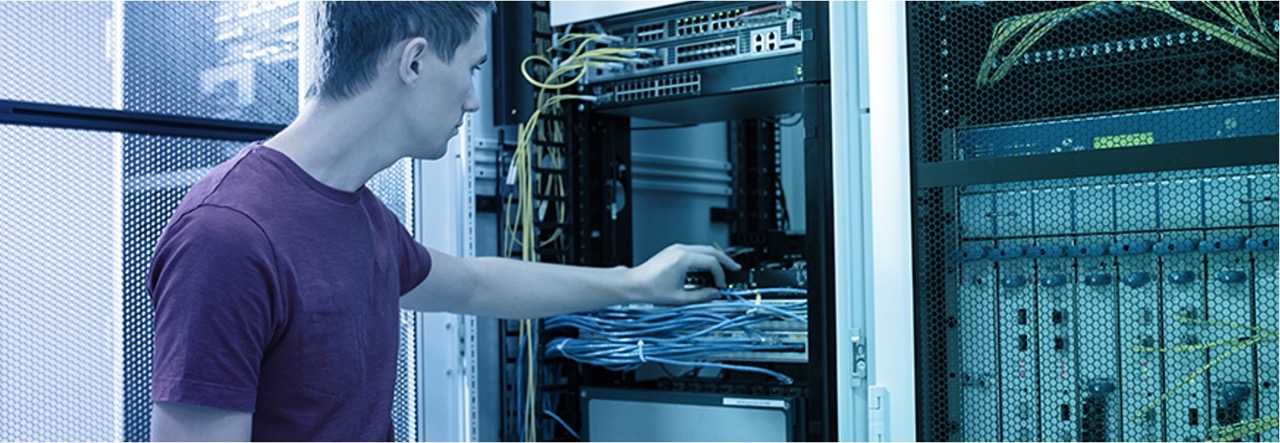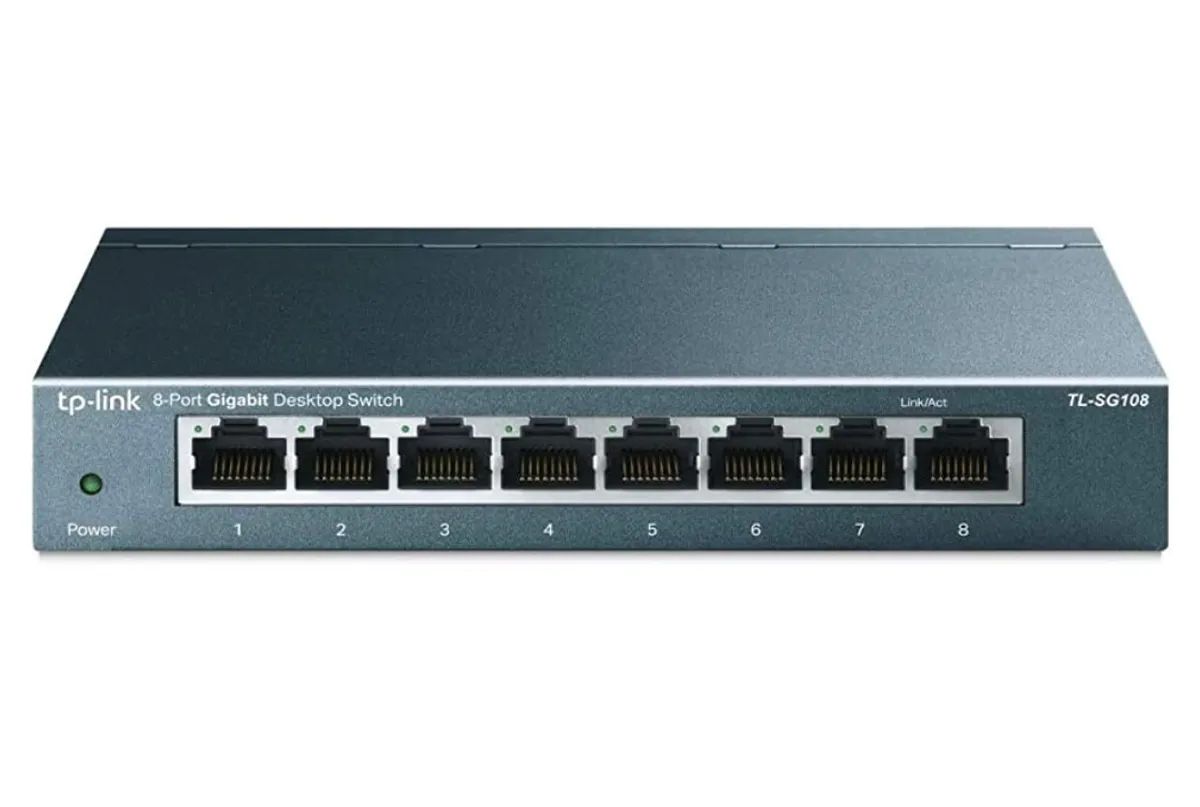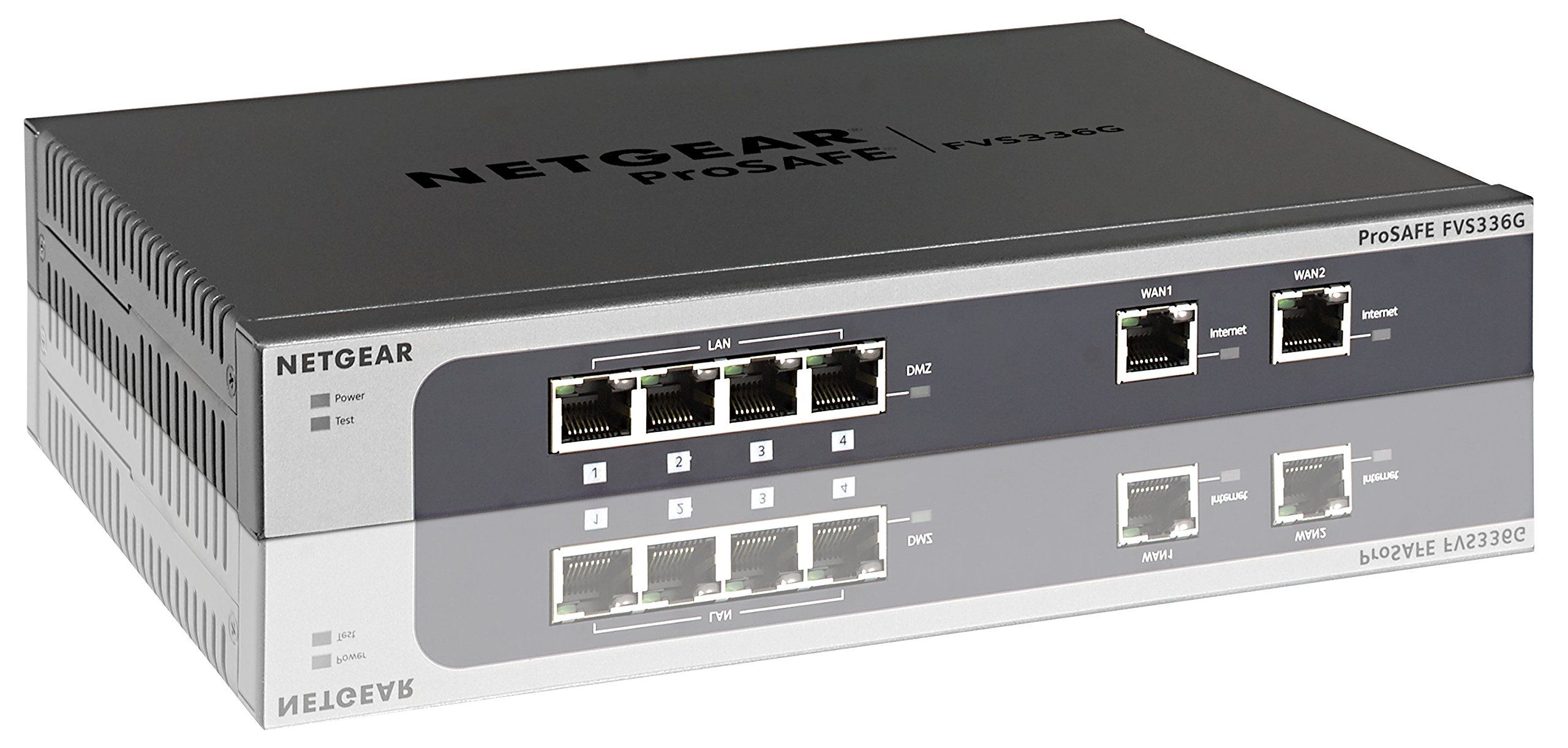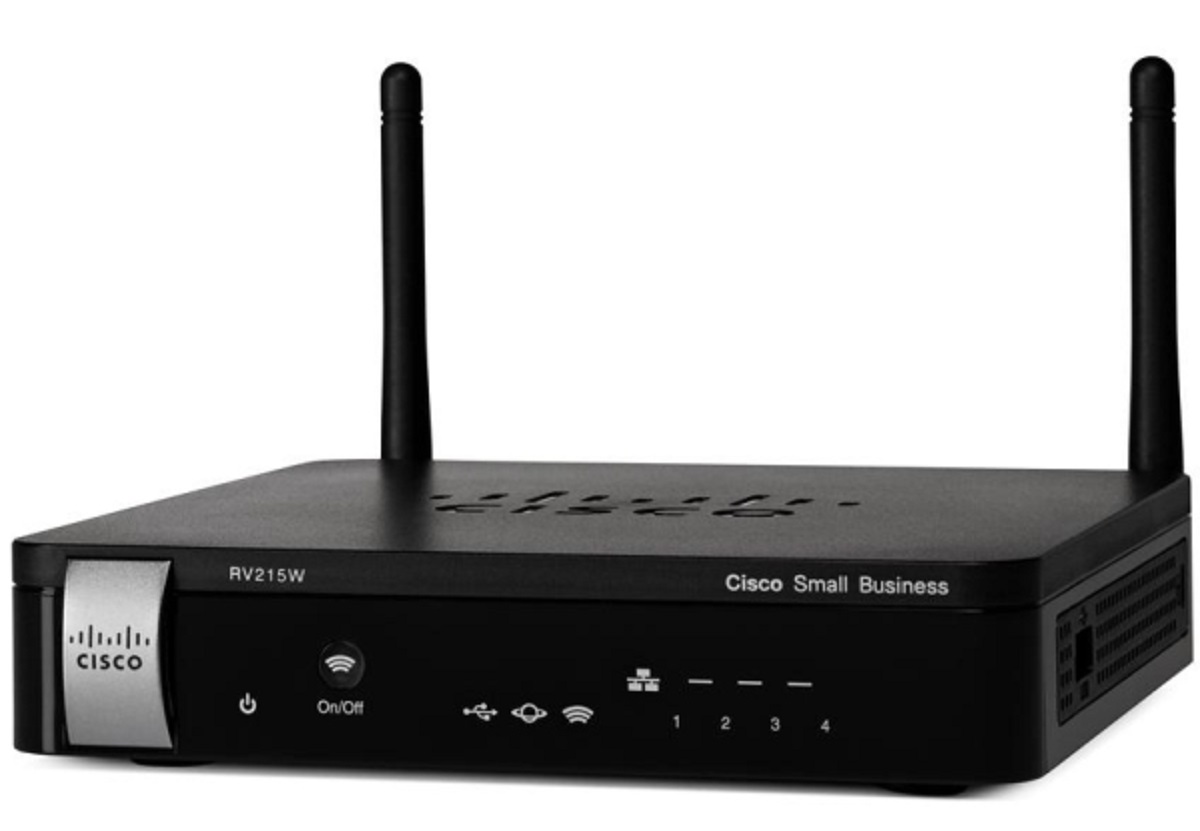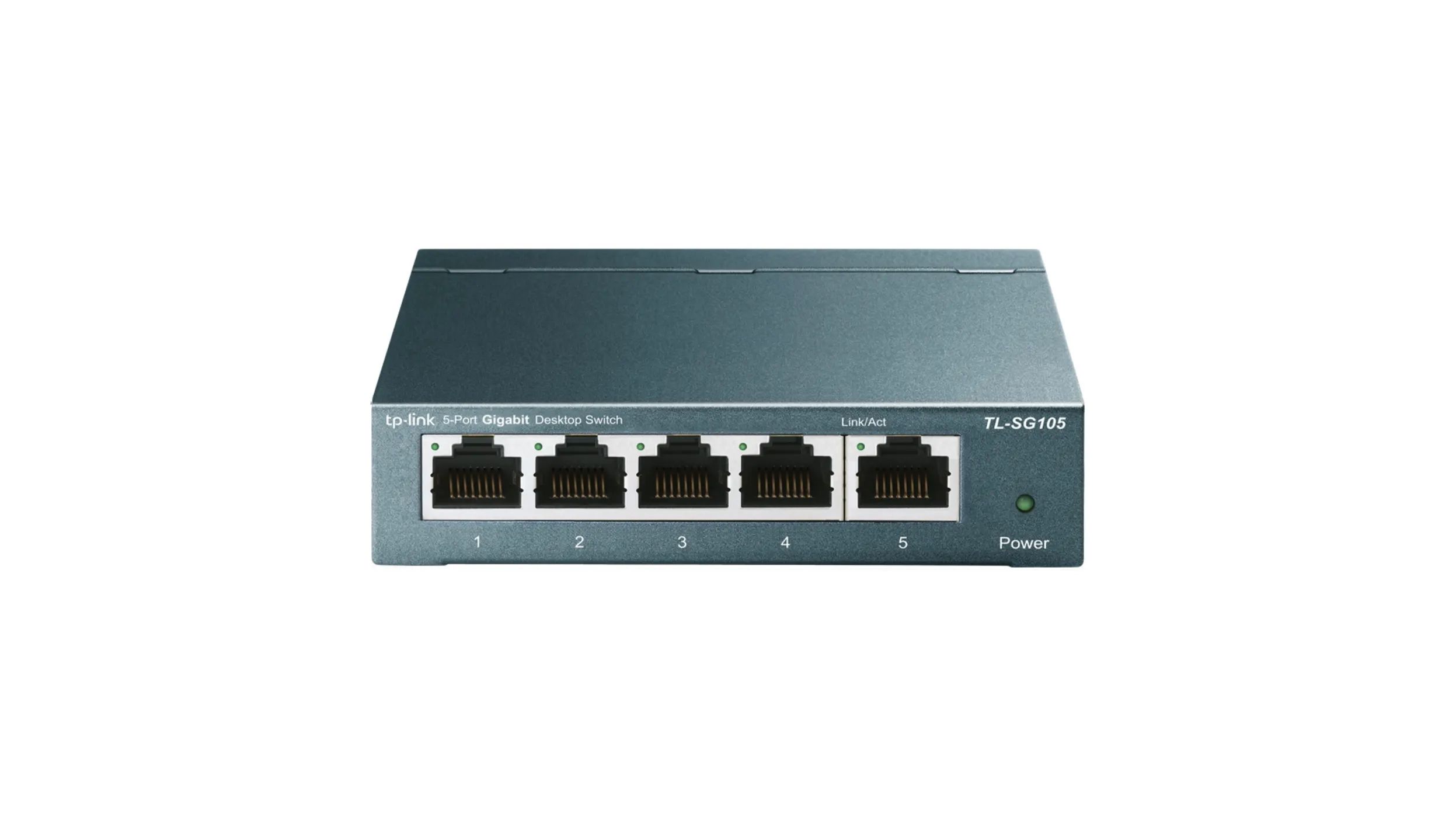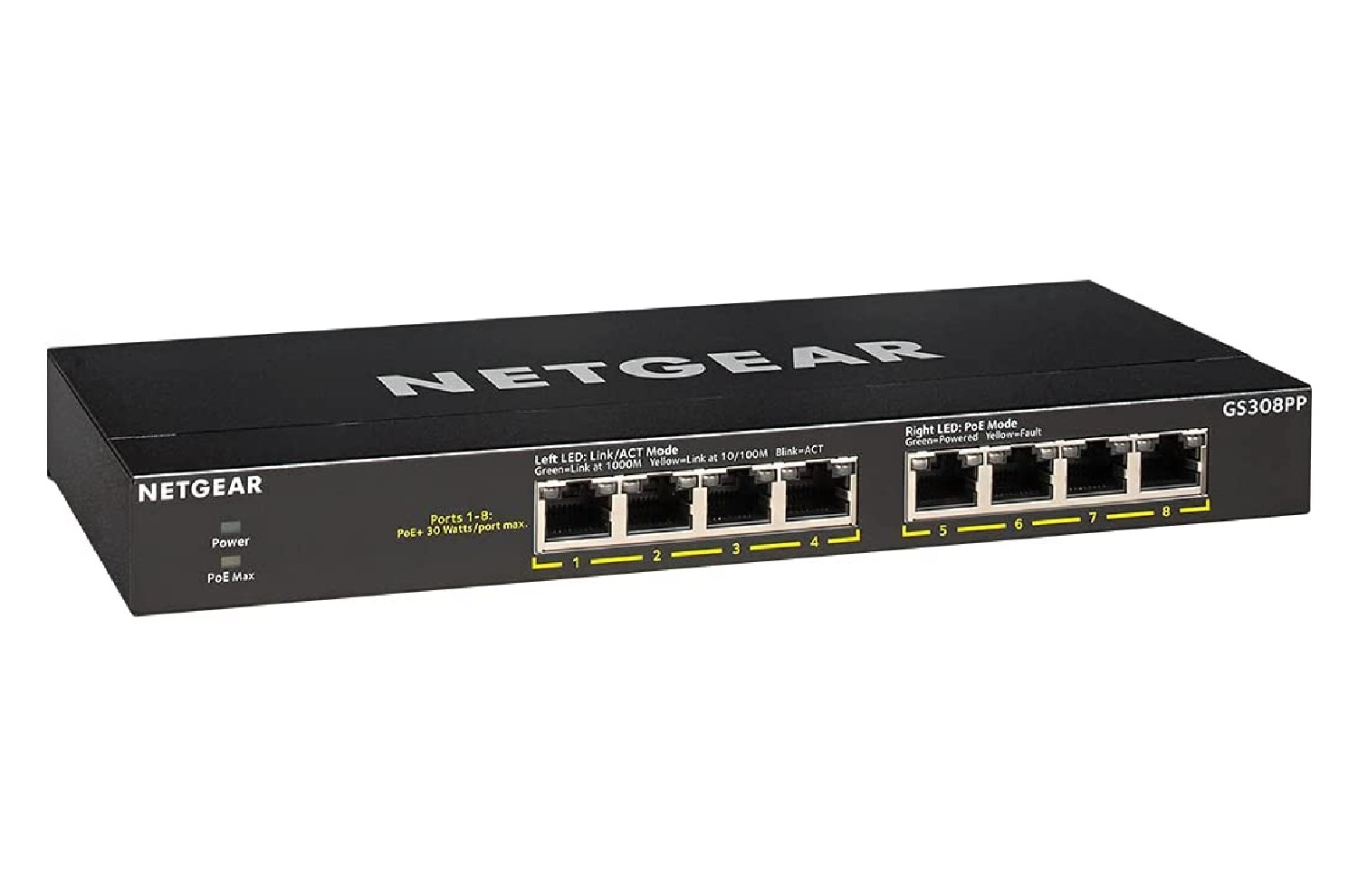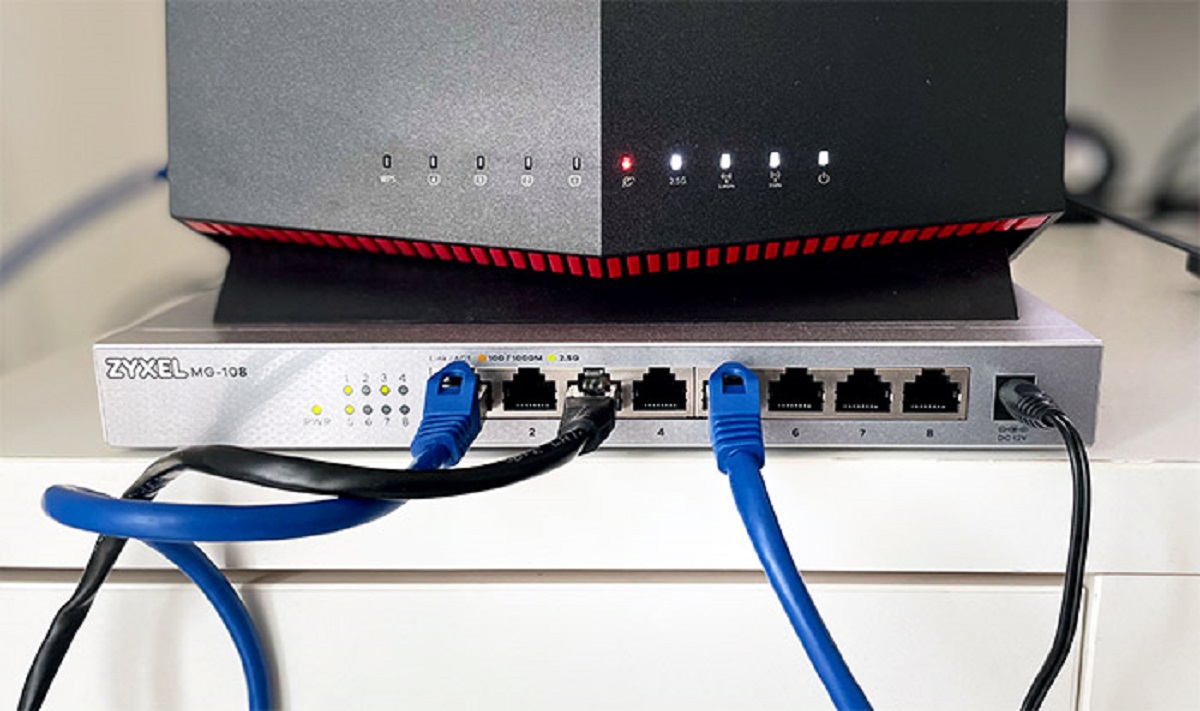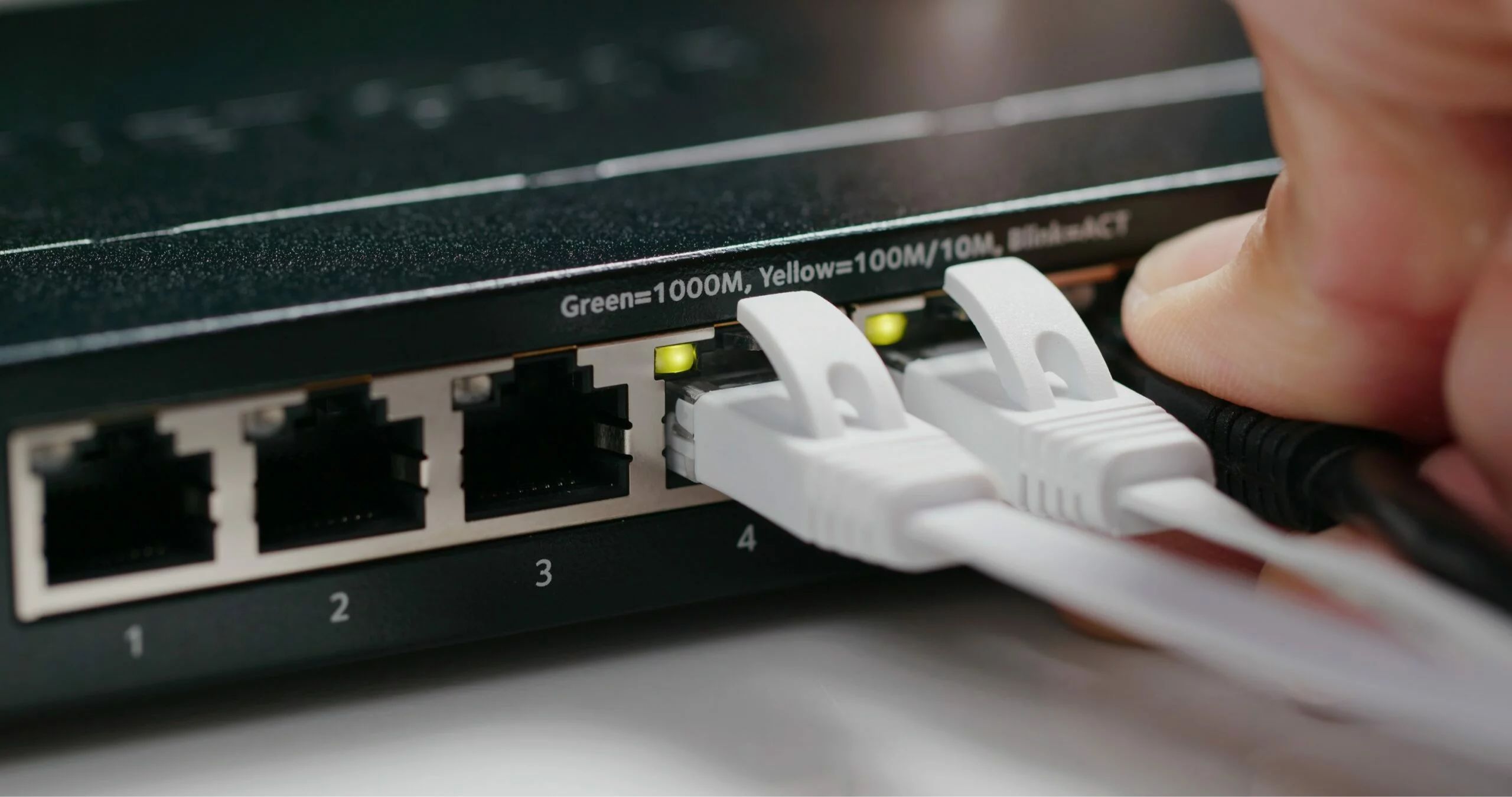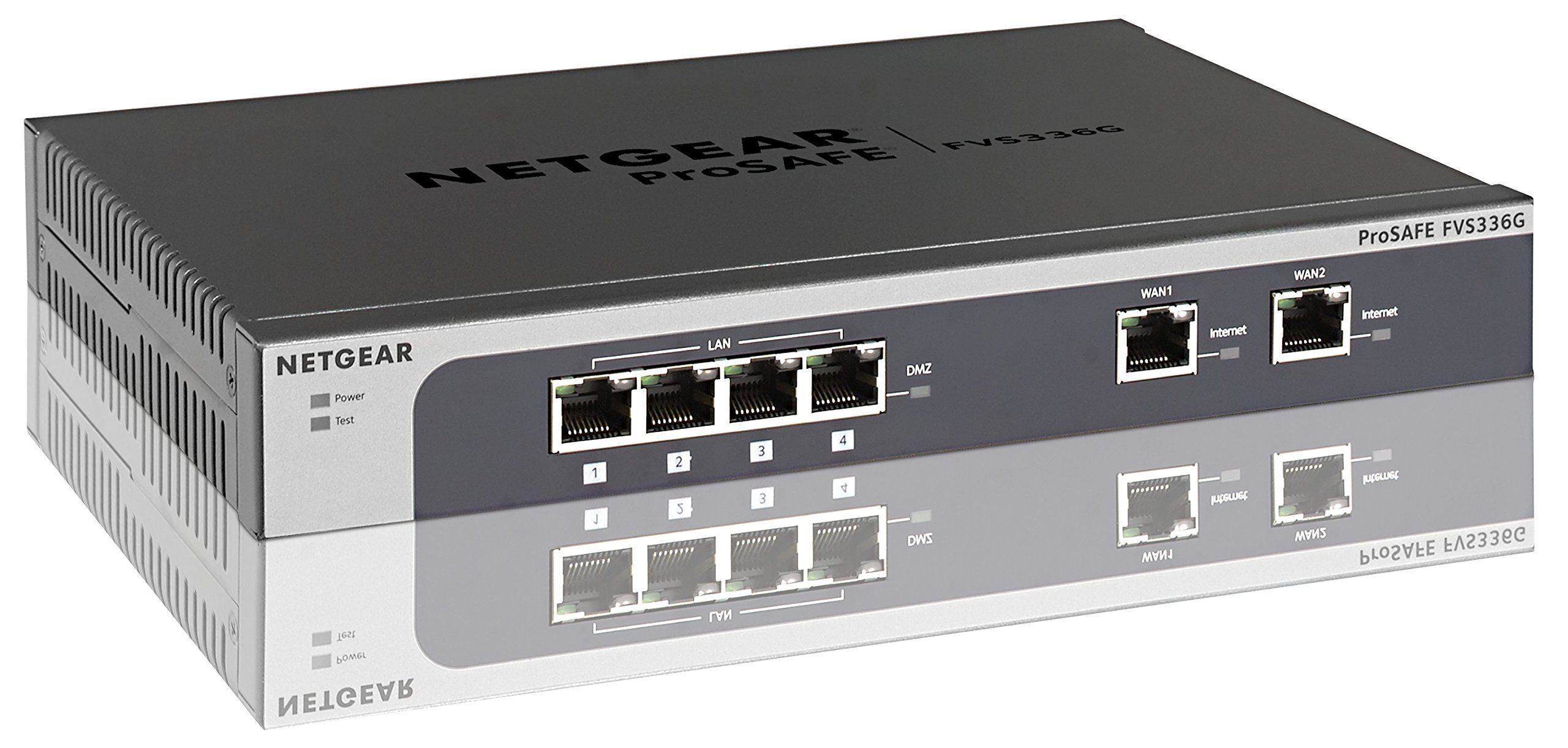What Does A Managed Network Switch Do
A managed network switch is a crucial component in modern computer networks, playing a pivotal role in ensuring seamless and efficient communication between devices. These intelligent devices are designed to manage and direct network traffic, providing enhanced control and flexibility in network operations. By offering advanced features and capabilities, managed network switches empower organizations to optimize their network performance, security, and management.
In this article, we will delve into the functionalities, features, and benefits of a managed network switch, shedding light on its significance in the realm of networking. Additionally, we will explore the key factors to consider when selecting the right managed network switch for specific business requirements. Whether you are a seasoned IT professional or a business owner seeking to bolster your network infrastructure, understanding the role and advantages of a managed network switch is essential for making informed decisions and maximizing network efficiency.
Let's embark on a journey to unravel the intricacies of managed network switches, uncovering the value they bring to modern networking landscapes and the essential considerations for leveraging their potential.
What is a Managed Network Switch?
A managed network switch is a sophisticated networking device that operates at the data link layer of the OSI model, facilitating the efficient transfer of data between multiple devices within a local area network (LAN). Unlike unmanaged switches, which operate with minimal configuration options and automation, managed switches offer a wide array of features and functionalities that empower network administrators to exercise granular control over network traffic, security, and performance.
At its core, a managed network switch serves as a central communication hub, enabling devices such as computers, servers, printers, and other networked devices to exchange data seamlessly. By incorporating advanced management capabilities, such as virtual LAN (VLAN) support, Quality of Service (QoS) prioritization, and network monitoring, managed switches empower organizations to optimize network resources, enhance security, and streamline network administration.
Managed switches are equipped with a management interface, which can be accessed through a web-based graphical user interface (GUI) or a command-line interface (CLI), allowing administrators to configure and monitor various aspects of the network. This level of control enables the implementation of traffic policies, the isolation of network segments, and the detection and mitigation of network anomalies, fostering a robust and secure network environment.
Furthermore, managed switches often support features such as port mirroring, which facilitates in-depth network traffic analysis, and Power over Ethernet (PoE) for powering network-connected devices, adding versatility and efficiency to network deployments. With the ability to segment and prioritize traffic, monitor network performance, and apply security measures, managed network switches lay the foundation for a resilient and agile network infrastructure that aligns with the evolving demands of modern businesses.
Features of a Managed Network Switch
Managed network switches boast a rich array of features that distinguish them from their unmanaged counterparts, offering advanced functionalities that cater to the diverse needs of modern networking environments. These features empower network administrators to optimize performance, bolster security, and streamline network management, fostering a dynamic and resilient network infrastructure.
- Virtual LAN (VLAN) Support: Managed switches enable the segmentation of a single physical network into multiple virtual networks, enhancing security and efficiency by isolating traffic and controlling broadcast domains.
- Quality of Service (QoS) Prioritization: With QoS capabilities, managed switches can prioritize specific types of traffic, ensuring that critical data, such as voice and video, receives precedence, leading to improved network performance and user experience.
- Port Mirroring: This feature allows administrators to monitor and analyze network traffic by duplicating data from one port to another, facilitating in-depth network troubleshooting and security analysis.
- Power over Ethernet (PoE): Many managed switches support PoE, enabling the delivery of power to network-connected devices, such as IP cameras, wireless access points, and VoIP phones, over the Ethernet cable, simplifying deployment and reducing the need for separate power sources.
- Network Monitoring and Management: Managed switches provide comprehensive monitoring and management capabilities, allowing administrators to oversee network performance, configure settings, and troubleshoot issues, thereby ensuring the smooth operation of the network.
- Security Features: These switches offer robust security measures, including access control lists (ACLs), port security, and authentication protocols, fortifying the network against unauthorized access and potential threats.
Furthermore, managed switches often support firmware upgrades, port aggregation, and loop prevention mechanisms, contributing to a versatile and resilient network infrastructure. By harnessing these advanced features, organizations can tailor their network operations to meet specific requirements, adapt to evolving business needs, and uphold the integrity and security of their network environment.
Benefits of Using a Managed Network Switch
Employing a managed network switch offers a multitude of advantages that elevate network performance, security, and management, empowering organizations to meet the demands of modern connectivity and data transfer. These benefits encompass enhanced control, improved efficiency, and heightened security measures, culminating in a robust and agile network infrastructure.
- Granular Control: Managed switches provide administrators with granular control over network traffic, enabling the implementation of specific policies, prioritization schemes, and traffic segmentation, fostering a tailored and efficient network environment.
- Optimized Performance: Through Quality of Service (QoS) capabilities, managed switches prioritize critical data, such as voice and video traffic, ensuring a consistent and reliable user experience while maximizing network resources.
- Enhanced Security: With advanced security features, including access control lists (ACLs), port security, and authentication protocols, managed switches fortify the network against unauthorized access and potential threats, safeguarding sensitive data and network integrity.
- Streamlined Management: The comprehensive monitoring and management capabilities of managed switches streamline network administration, allowing for efficient troubleshooting, configuration, and performance optimization, reducing operational complexities and enhancing productivity.
- Scalability and Flexibility: Managed switches accommodate the evolving needs of organizations, offering scalability and flexibility in network design and operations, enabling seamless integration of new devices and technologies as businesses expand and adapt.
- Cost-Efficiency: By supporting Power over Ethernet (PoE) and facilitating centralized management, managed switches contribute to cost savings by simplifying device deployment, reducing cabling requirements, and streamlining network maintenance.
Moreover, the ability to monitor network traffic, detect anomalies, and analyze performance data empowers organizations to proactively address network issues, minimize downtime, and optimize resource utilization. By harnessing the benefits of managed network switches, businesses can cultivate a resilient, secure, and agile network infrastructure that aligns with their operational objectives and paves the way for sustained growth and innovation.
How to Choose the Right Managed Network Switch
When selecting a managed network switch for an organization, several key considerations come into play to ensure that the chosen switch aligns with the specific networking requirements and operational objectives. By evaluating the following factors, businesses can make informed decisions and deploy a managed switch that optimally supports their network infrastructure.
- Network Size and Growth Projection: Assess the current network size and anticipate future growth to determine the number of ports and the scalability required in the managed switch, ensuring that it can accommodate the expanding network demands.
- Performance Requirements: Identify the performance needs of the network, including bandwidth requirements, traffic patterns, and latency sensitivity, to select a managed switch with the appropriate throughput, QoS capabilities, and port speeds to meet these demands.
- Security Considerations: Evaluate the security features offered by the managed switch, such as ACLs, port security, and encryption support, to align with the organization’s security policies and protect against potential threats and unauthorized access.
- Management Capabilities: Consider the management interface options, such as web-based GUI and CLI, as well as the monitoring and configuration features provided by the managed switch, ensuring that they align with the organization’s administrative preferences and operational workflows.
- Power over Ethernet (PoE) Support: If the network requires PoE for powering devices such as IP cameras, wireless access points, or VoIP phones, ensure that the managed switch offers PoE support and delivers the required power budget for these devices.
- Budget and Total Cost of Ownership: Evaluate the initial investment and long-term operational costs associated with the managed switch, considering factors such as power efficiency, maintenance requirements, and potential future expansion, to make a cost-effective selection.
Additionally, assessing the vendor’s reputation, product reliability, warranty and support offerings, and compatibility with existing network infrastructure is crucial in choosing a managed switch that aligns with the organization’s quality and support expectations. By carefully evaluating these factors and conducting thorough research, businesses can procure a managed network switch that seamlessly integrates with their network architecture, enhances performance, and facilitates efficient network management.
Conclusion
Managed network switches stand as indispensable assets in modern networking environments, offering a wealth of features and benefits that elevate network performance, security, and management. By providing granular control over network traffic, prioritizing critical data, and fortifying the network against potential threats, managed switches empower organizations to cultivate resilient and agile network infrastructures that align with the evolving demands of connectivity and data transfer.
With the ability to segment traffic, streamline network administration, and support the integration of new devices and technologies, managed switches serve as catalysts for network optimization and scalability. Moreover, their cost-effective attributes, such as Power over Ethernet (PoE) support and centralized management capabilities, contribute to operational efficiencies and resource utilization, further enhancing the value they bring to organizations.
As businesses navigate the complexities of network infrastructure, the selection of the right managed network switch becomes paramount. By carefully considering factors such as network size, performance requirements, security considerations, and management capabilities, organizations can make informed decisions and deploy managed switches that harmonize with their operational objectives and network architecture.
In essence, the adoption of managed network switches represents a strategic investment in network resilience, security, and adaptability, laying the groundwork for sustained growth and innovation. By harnessing the advanced features and benefits of managed switches, organizations can navigate the intricacies of modern networking landscapes with confidence, leveraging these intelligent devices to propel their networks toward enhanced efficiency, security, and performance.







